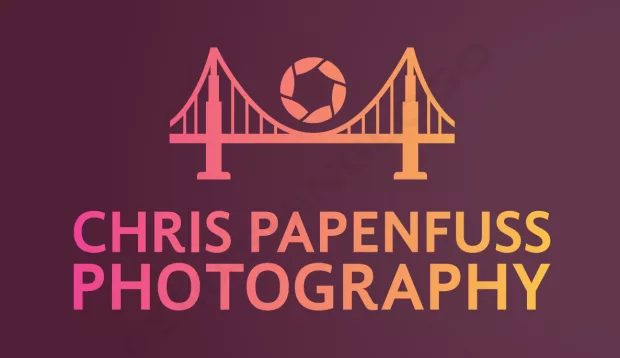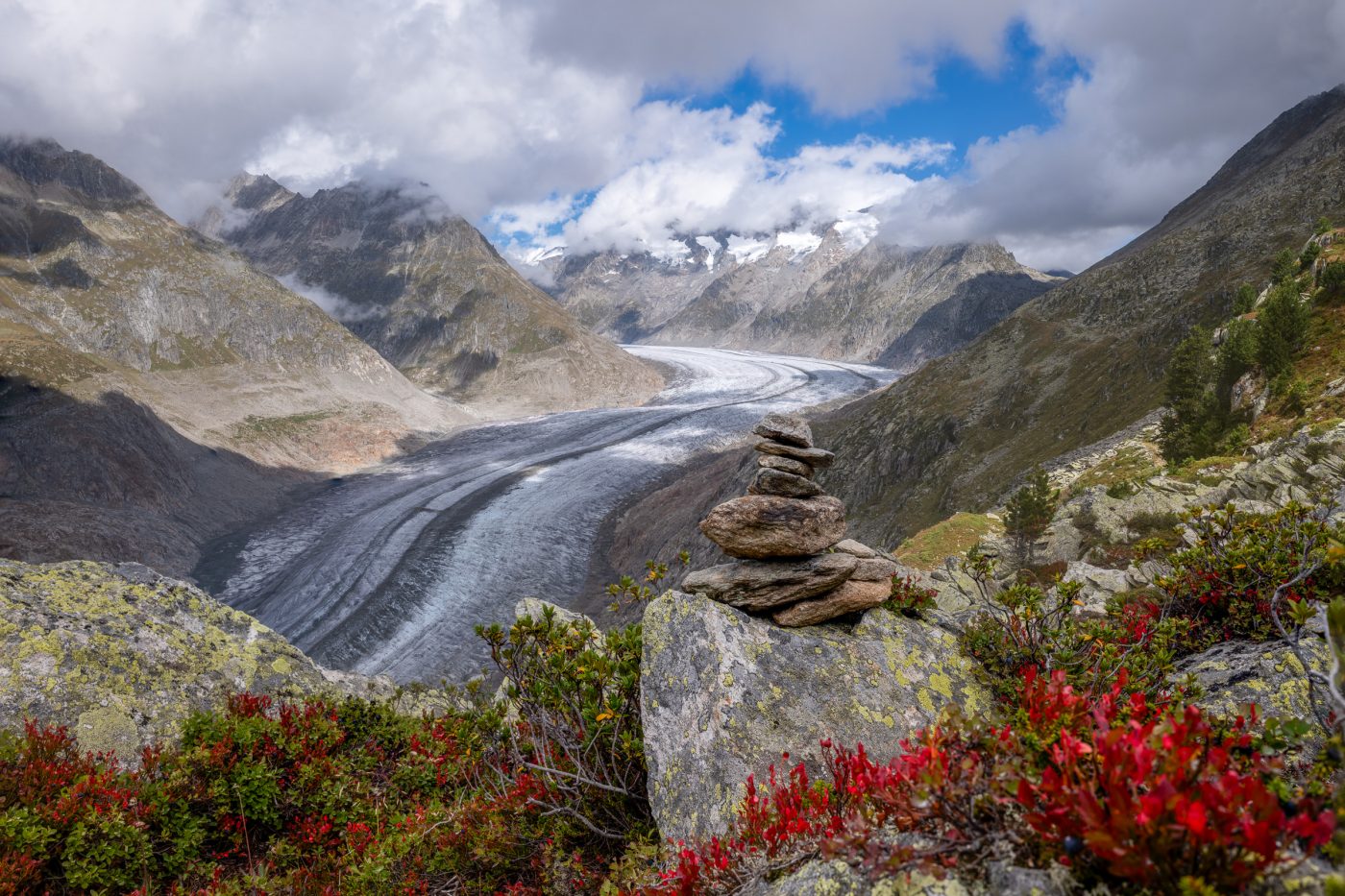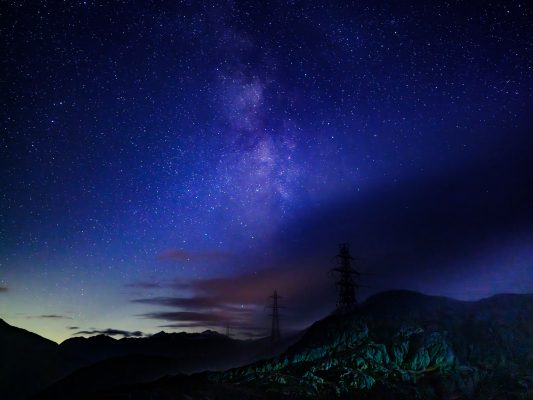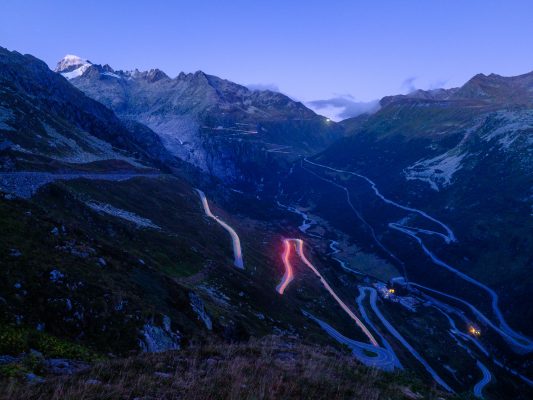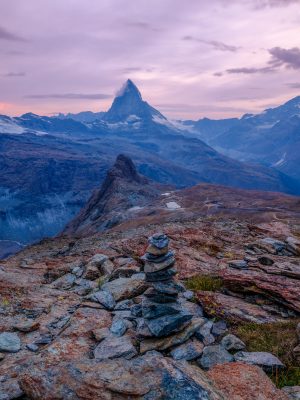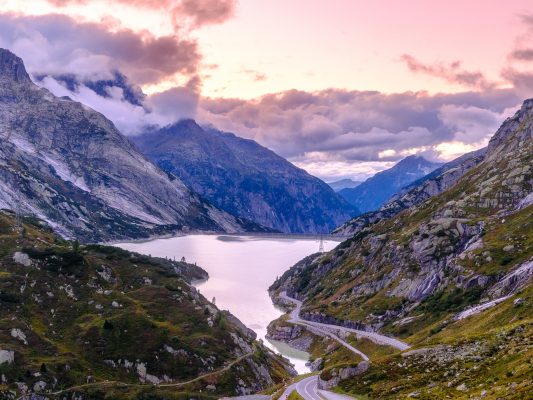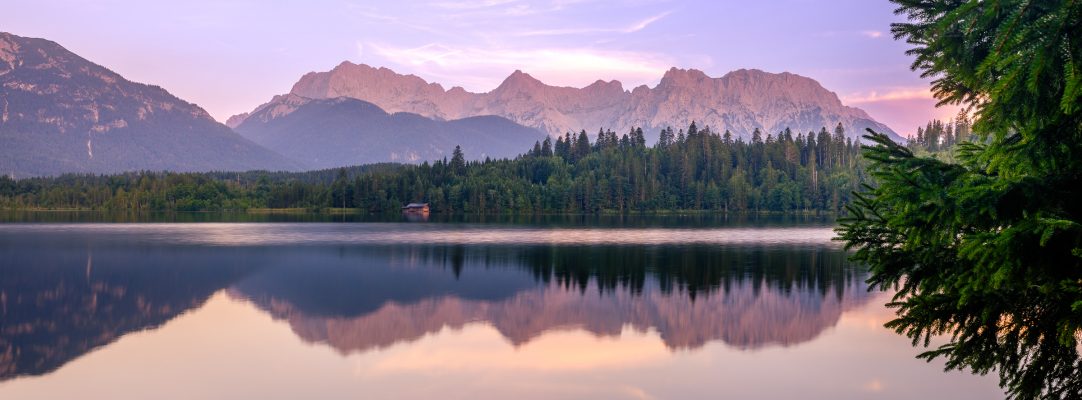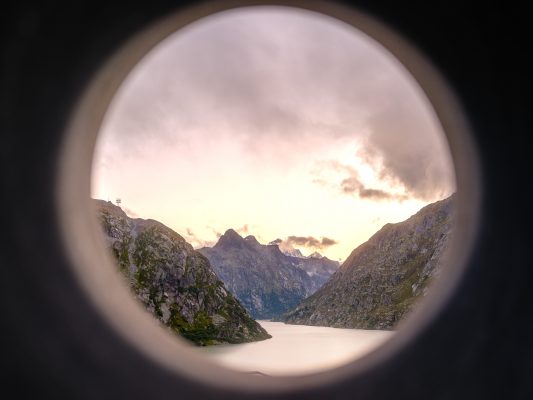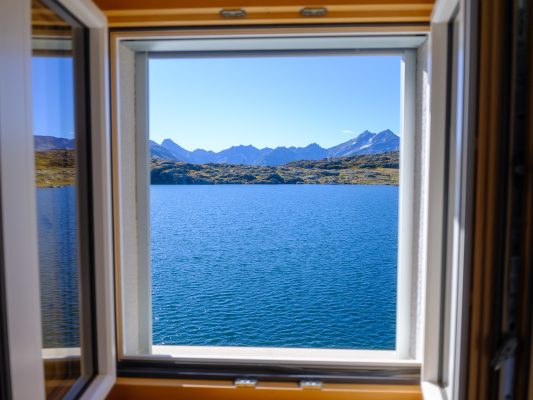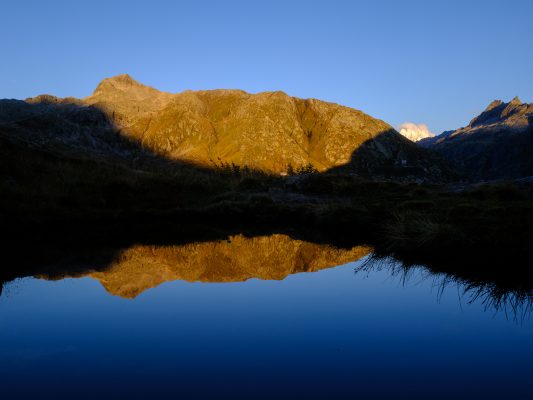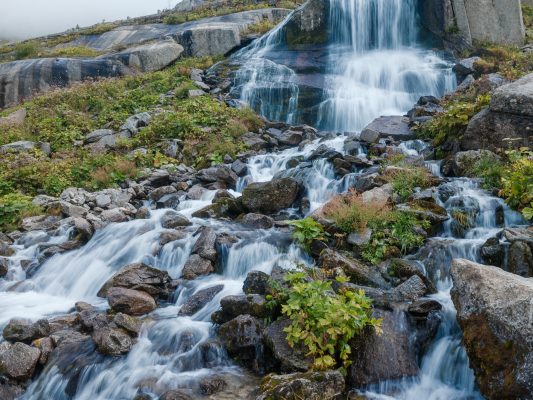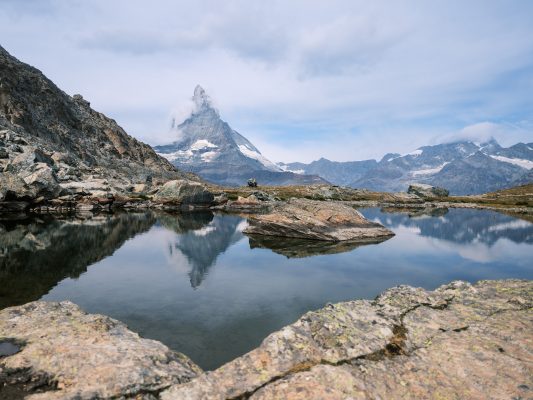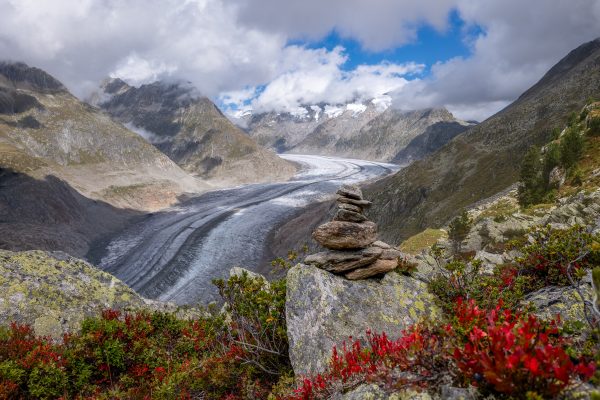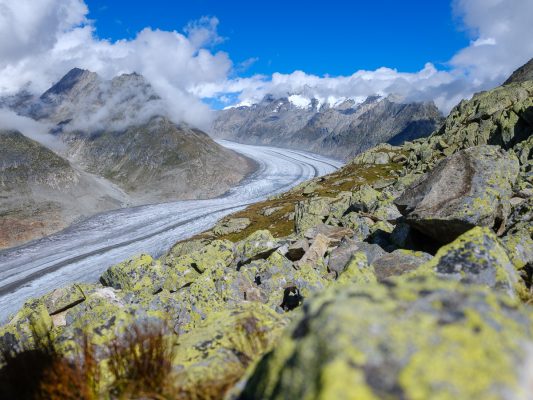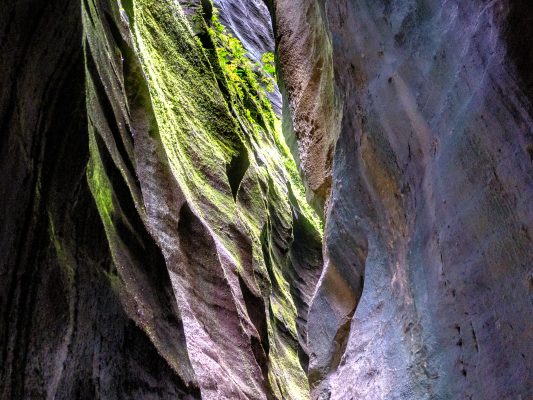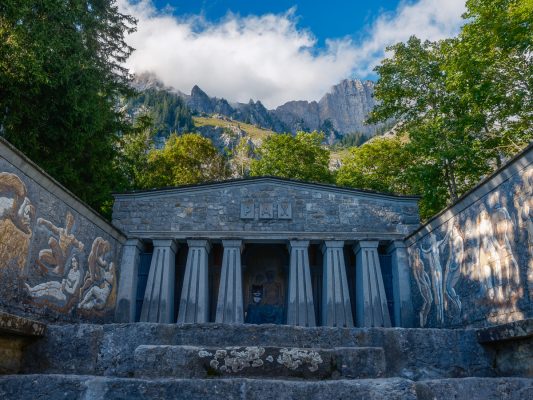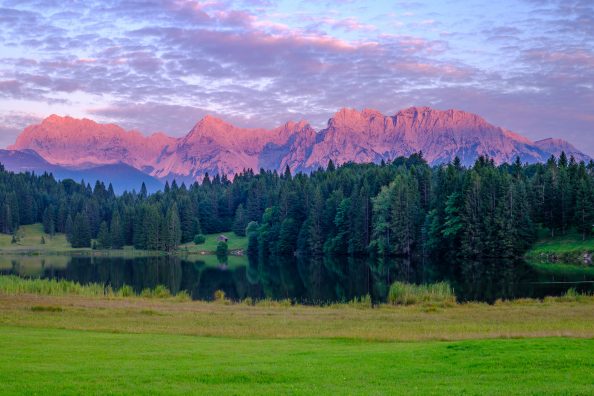Going Medium Format
When Fujifilm announced the GFX100RF, I was immediately intrigued. A 102MP medium format sensor inside a compact, fixed-lens body that you can carry everywhere? That sounded almost too good to be true. But I was skeptical – would medium format provide that much more than APS-C or full-frame? After spending time with it, I can confidently say: this camera really is something special and I LOVE medium format.
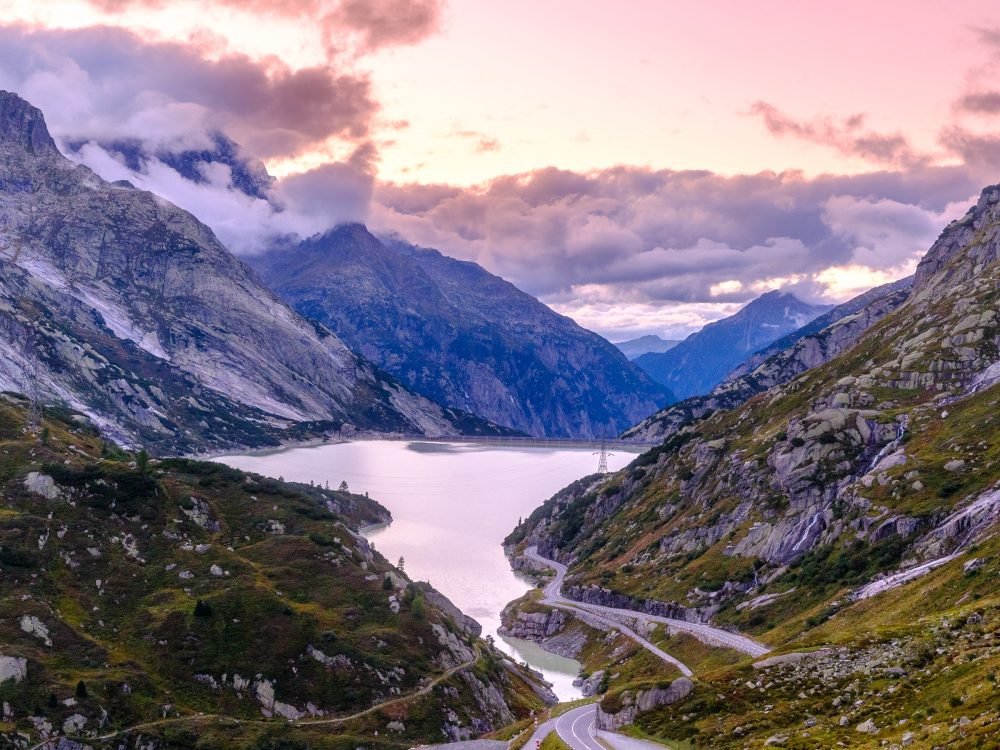
Easy to Carry, Easy to Love
One of the biggest surprises is just how portable the GFX100RF is. It’s slightly bigger and heavier than its smaller cousin the Fujifilm X100VI. With its rangefinder-style design and fixed 28mm f/4 lens, it slips into a bag easily and doesn’t feel like a big medium format setup. For me, that’s huge — I actually want to bring it everywhere, whether I’m walking through the city or traveling light. The 28mm angle is something that suits me really well, too. The Fuji X70 was one of my all-time favorite cameras – simply because of the 28mm lens. I find it to be more versatile than the 35mm of the X100VI. Plus you have the digital zoom which I will speak about later.
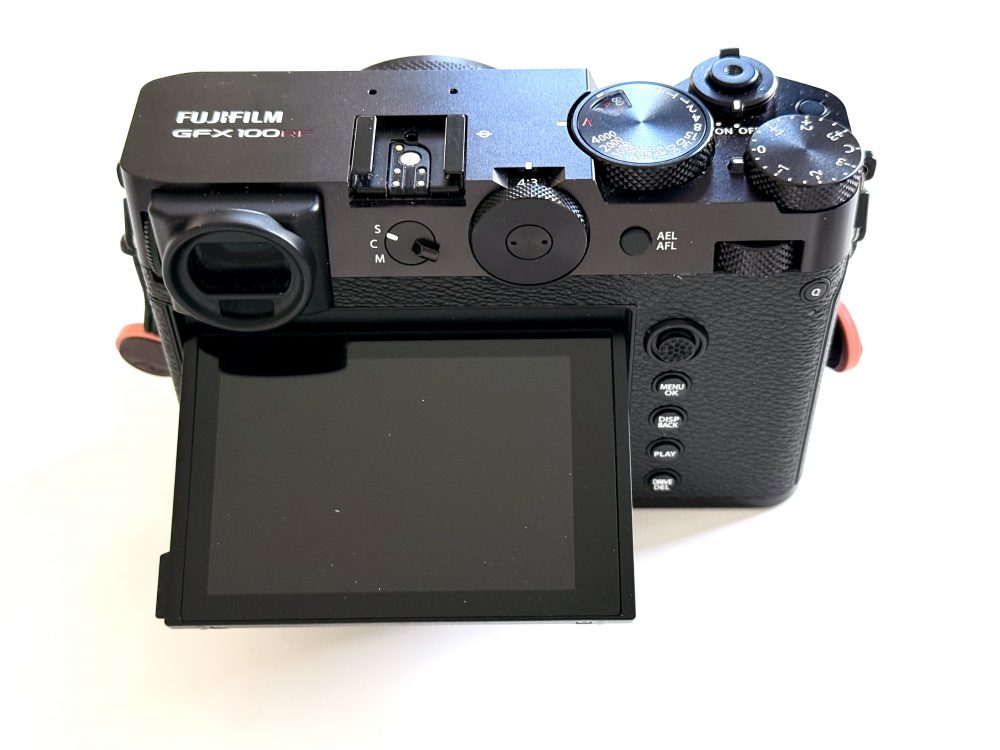
Image Quality That Stuns
The number one reason you would purchase this camera is the image quality. Simply put, the photo quality is amazing. That 102MP medium format sensor delivers detail, depth, and tonality that honestly feels next-level compared to even Fujifilm’s excellent APS-C cameras. You have got to see it on a large screen to believe it. Yes, it is huge step up from APS-C. Colors are rich, files are super flexible in post, and there’s so much resolution to work with that cropping doesn’t feel like a compromise. The files are so nice that I have actually become a pixel peeper. It’s simply rewarding to drill into photos. Recovering shadows and highlights with the RAW files is very rewarding. In summary: You have got to see, it to feel it.
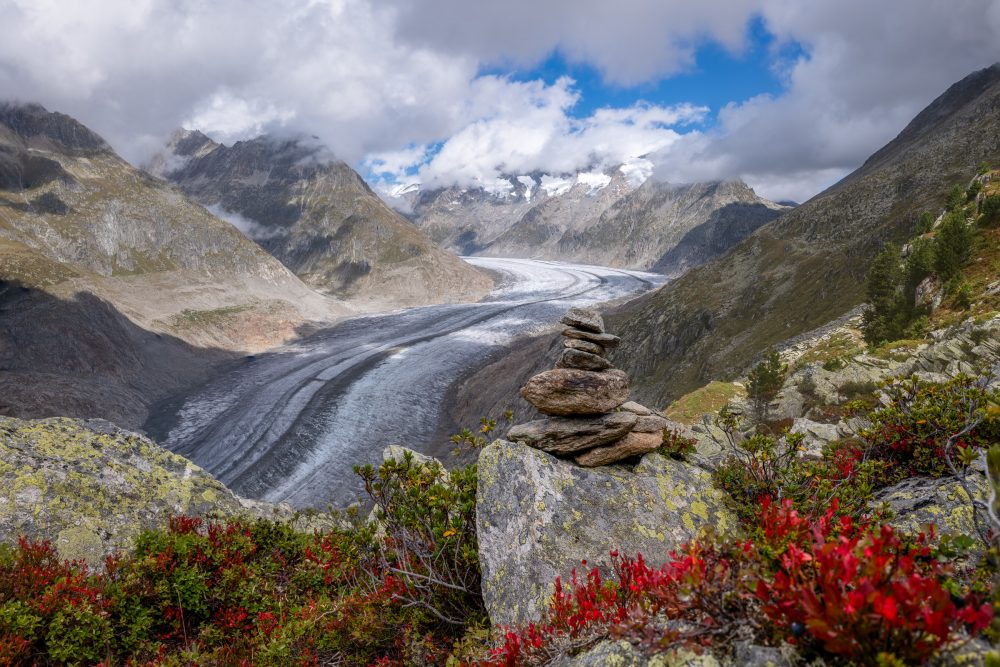
High ISO
Speaking of image quality, the GFX100RF has amazing high ISO performance. 6400? No problem. You might see some grain but you can easily remove that in Lightroom if it bothers you. In many cases, I actually do not notice and just leave the files as is.
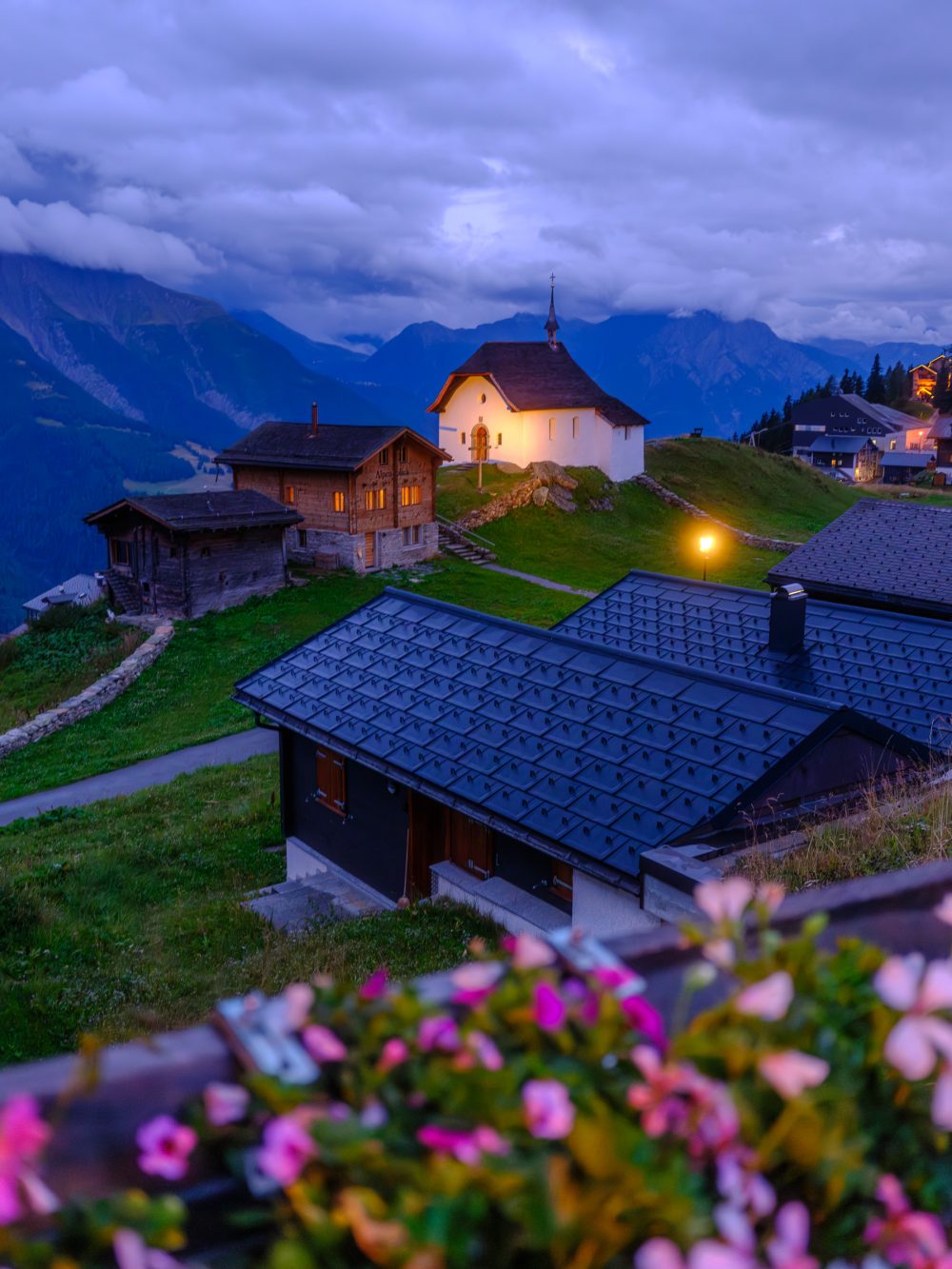
Digital Zoom That Actually Works
Normally I don’t think much of digital zoom, but Fujifilm’s implementation here is different. The GFX100RF gives you a digital teleconverter that simulates multiple focal lengths (35 mm, 45 mm, 63 mm, 80 mm equivalents). It is basically cropping into the image. Yes, I know….this does not replace real glass. But it goes a long way when you are out and about and need some flexibility. One could argue that you can easily crop in post, but I feel that careful framing should happen in camera. Paired with the aspect ratio dial, it’s like carrying a bag of primes inside a single camera. And the image quality holds up beautifully — this isn’t a gimmick, it’s genuinely useful. Photos taken with the 80mm zoom still come out with 20MP. What I like about Fuji’s implementation of the digital zoom is, that you still get the full image when you shoot in RAW. It’s just pre-cropped and you can adjust in Lightroom. That gives further flexibility in post.
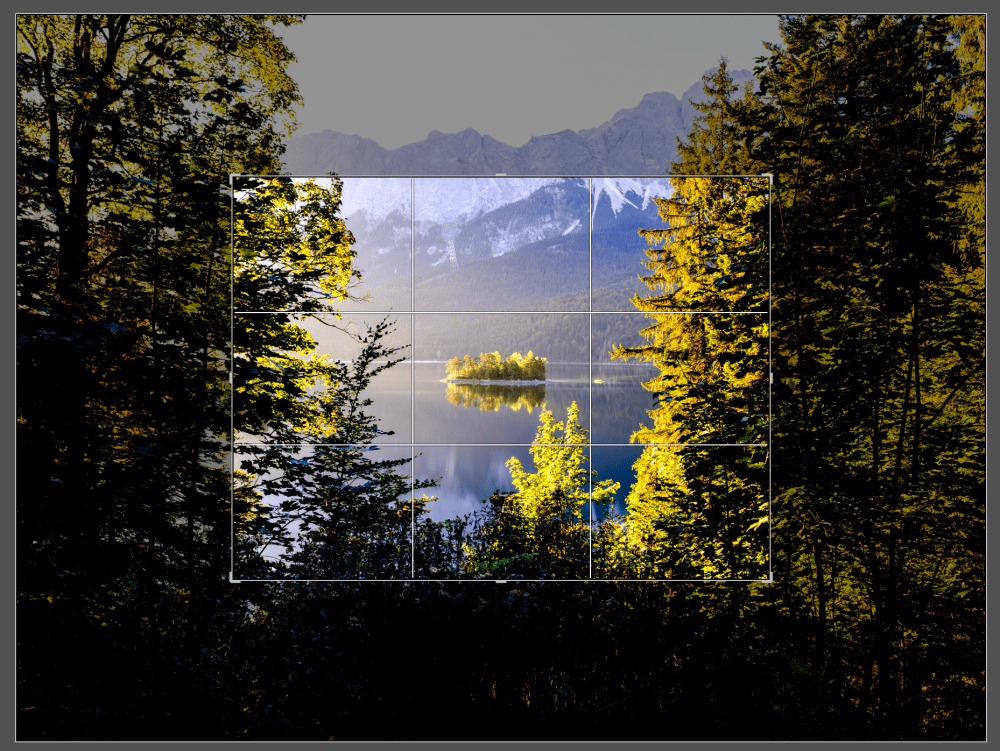
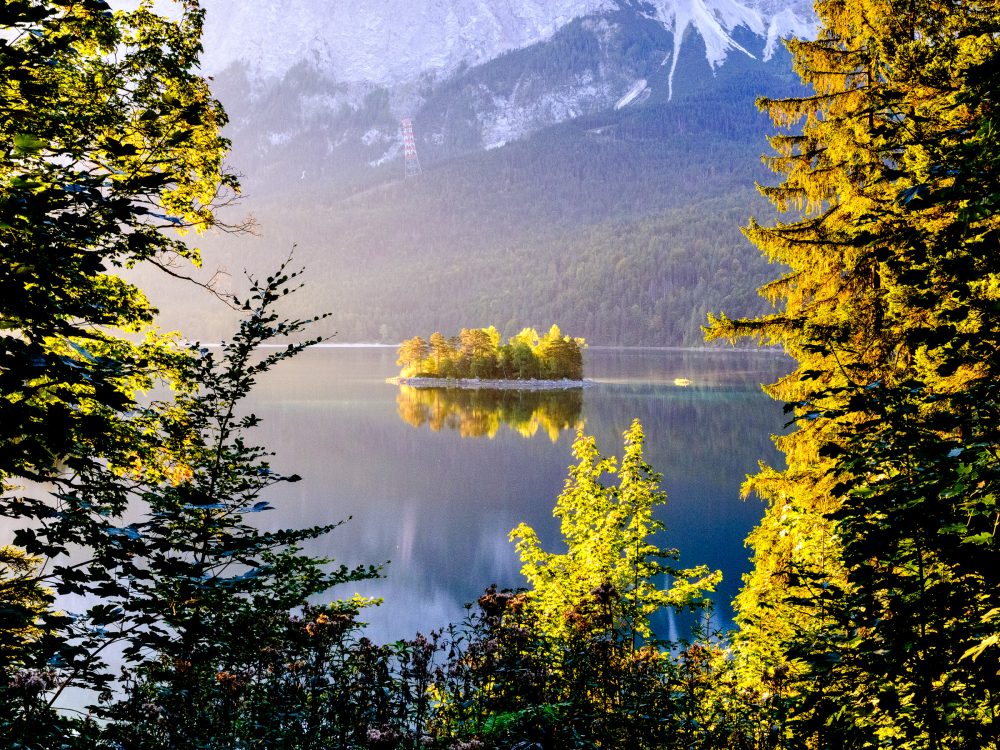
Classic Fujifilm Experience
Beyond the specs, the camera just works the way you’d expect from Fuji. The handling is intuitive, the dials are satisfying, and everything feels thoughtfully designed. There are two new dials: aspect ratio & digital zoom. Both work like a charm. No complaints there. It doesn’t take long before it becomes second nature, which makes it a joy to use. Quality is extremely high. The camera is a tank (without the weight). Fuji supplies a filter adapter with an integrated lens hood. It makes the camera a bit bigger but it does look sexy.
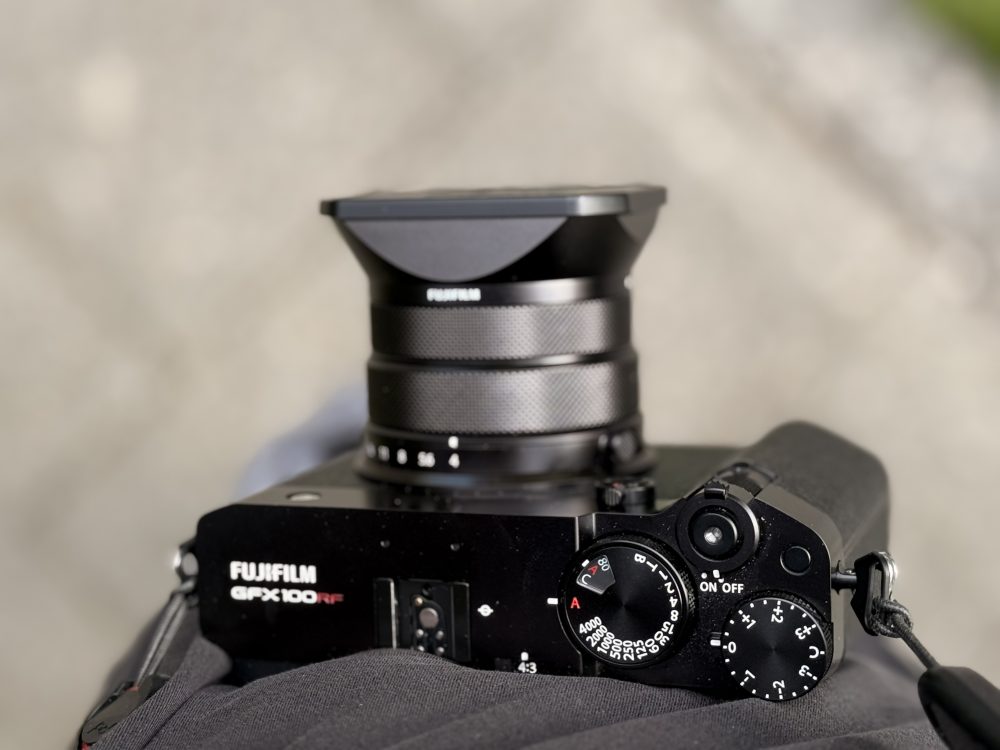
The Leaf Shutter & ND Filter
The GFX100RF just like the Fuji X100 series, has a few tricks up its sleeve that many reviewers tend to oversee. First of all, there is a leaf shutter. This has two distinct advantages: there is virtually zero camera shake (and noise) plus you can use your flash at any shutter speed. Plus, you have a built-in 4 stop ND filter. The filter comes in handy when you operate in bright conditions or if you simply want to extend your shutter time. Also, the combination of both give you a ton of flexibility with flash photography. Sadly, I have not had that much time to use my flashes with the GFX100RF, yet. But I know this camera will be a reliable companion when the time is right.
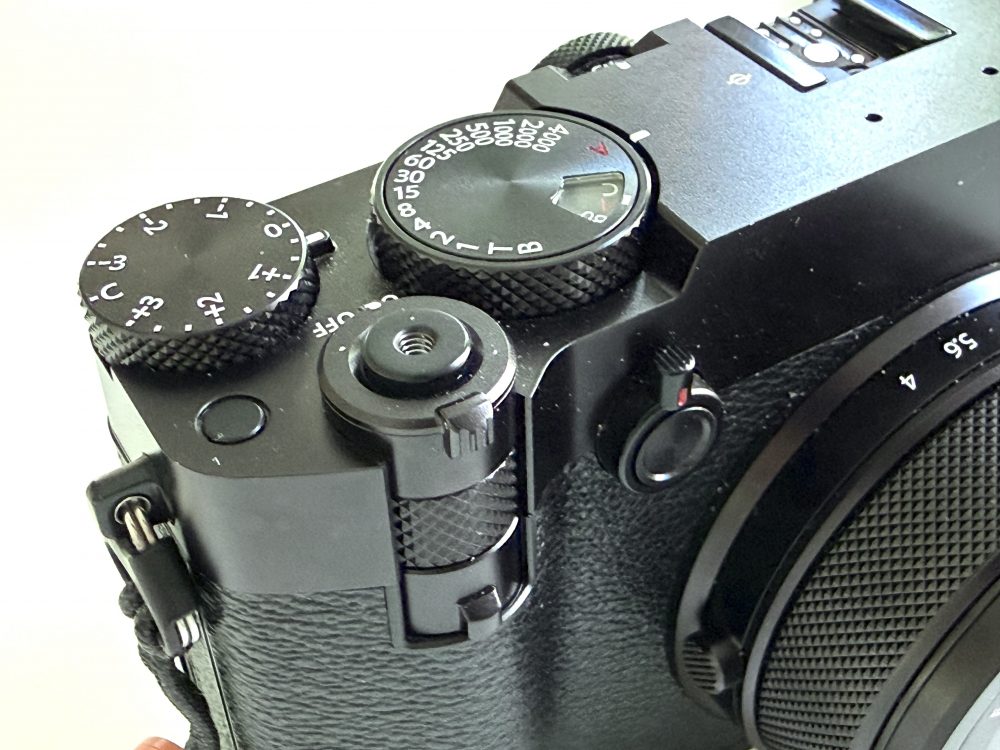
The Downsides: Lack of a Flash
Speaking of flash photography, the GFX100RF does not feature a flash (unlike the X100 series). Bummer. would have been nice. But luckily, Godox recently released the awesome iT30Pro. It’s small, powerful and rechargeable via USB-C. Plus it looks pretty sexy on the GFX and creates surprisingly awesome light. It’s small enough to either carry it on the camera or to just put it in your pocket.
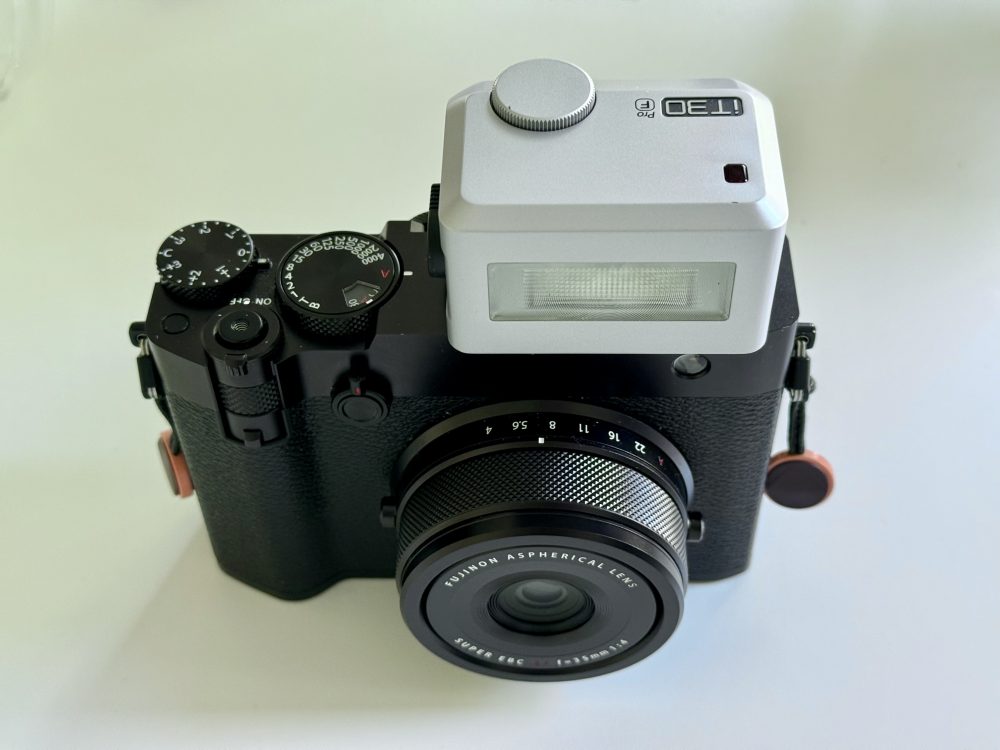
File Size Reality Check
If there’s one tradeoff, it’s the massive file sizes. And I do mean massive. The lossless compressed files are 100-125MB large. That is more than twice of those coming out of the Fujifilm X100VI. And you feel the weight of those files throughout the entire process. My usual workflow used to be that that I transfer RAW files via the xApp to my iPhone. I then load them into Lightroom Mobile and let it sync. When I have time, I download them to my hard drive via Lightroom Classic. No surprises here – this workflow only works for a few files.
- Transferring RAWs to the iPhone takes noticeably longer. No big deal.
- Where it can get problematic is when you start loading them into Lightroom Mobile. This process drains battery like crazy and I can sometimes boil an egg on my iPhone Pro 16. Making quick (like in fast) edits is usually not possible. There is noticeable lag. Especially when uploading multiple files.
- Syncing to Adobe cloud obviously takes a lot longer and you need decent Wifi.
- Cloud storage and phone storage get eaten alive.
- On my MacBook Air M4, the files are perfectly workable, but also noticeably slower than the ones from my Fujifilm X-T5. Some edits are faster than others.
- Things like focus stacking in Photoshop also take longer than I’d like. Not much – maybe a few seconds here and there.
- You need to be careful with exporting photos, too. Resizing is highly recommend for daily use. The regular jpg files are 40MB+, i.e. not usable for sharing.

Cleaning up bad or mediocre photos is a necessity for me now. I do not like my library and SSD discs to fill up too quickly. But they do now. A trip to Switzerland resulted in 88GB. Compare that to 25GB for a photo trip to Iceland with my XT-5 and a similar number of photos. Im summary, you need to be prepared for the file sizes. I can only assume that old hardware would easily be pushed to its limits.
What About No IBIS?
Let’s talk about the big concern we hear about on the Internets: The lack of in-body stabilization (IBIS). This sounds like a dealbreaker for a medium format camera. In practice, though, I’ve been pleasantly surprised.
- The leaf shutter eliminates a lot of vibration, so handholding is easier than expected.
- When I need extra security, I just push the ISO — and the high-ISO performance is fantastic, so image quality doesn’t fall apart.
Would IBIS be nice? Of course. But honestly, I haven’t missed it nearly as much as I thought I would.
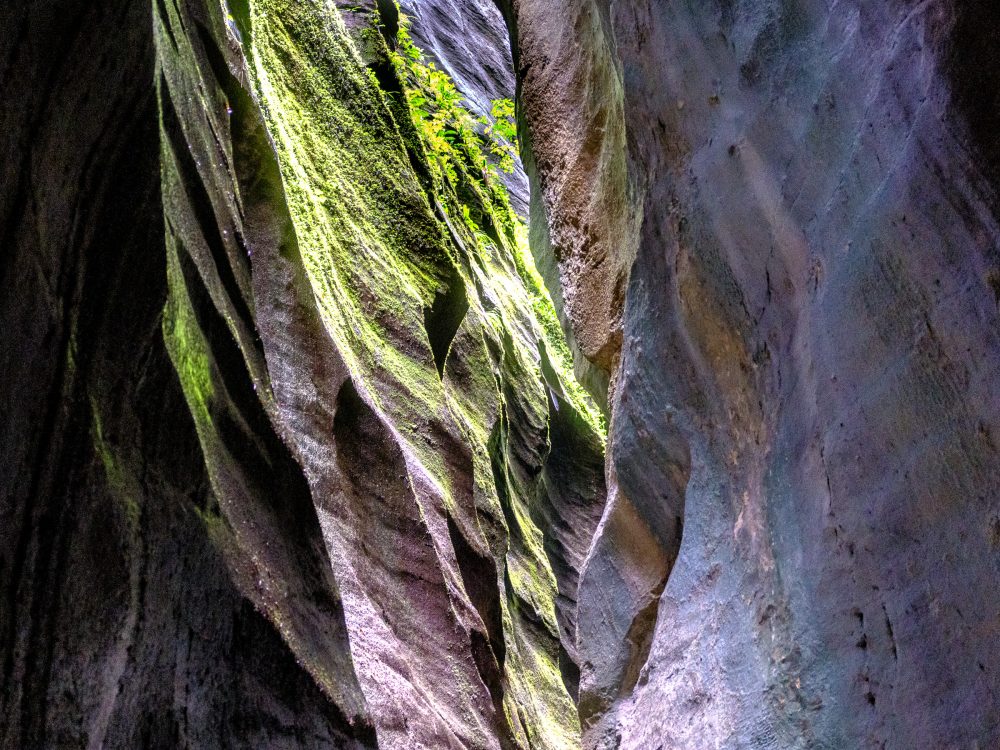
And That f/4 Aperture…
The fixed 28mm equivalent lens is capped at f/4, which can feel limiting if you’re used to the fast glass on other systems. It’s a bummer not to have f/2 or wider, especially for low light and subject separation.
That said, I’ve found it’s not actually that far off from what I get with the f/2 lens on the Fujifilm X100VI, thanks to the medium format sensor. You still get plenty of depth and beautiful rendering. Would f/2 be better? Absolutely. But f/4 is not the dealbreaker some might expect. It is what it is.
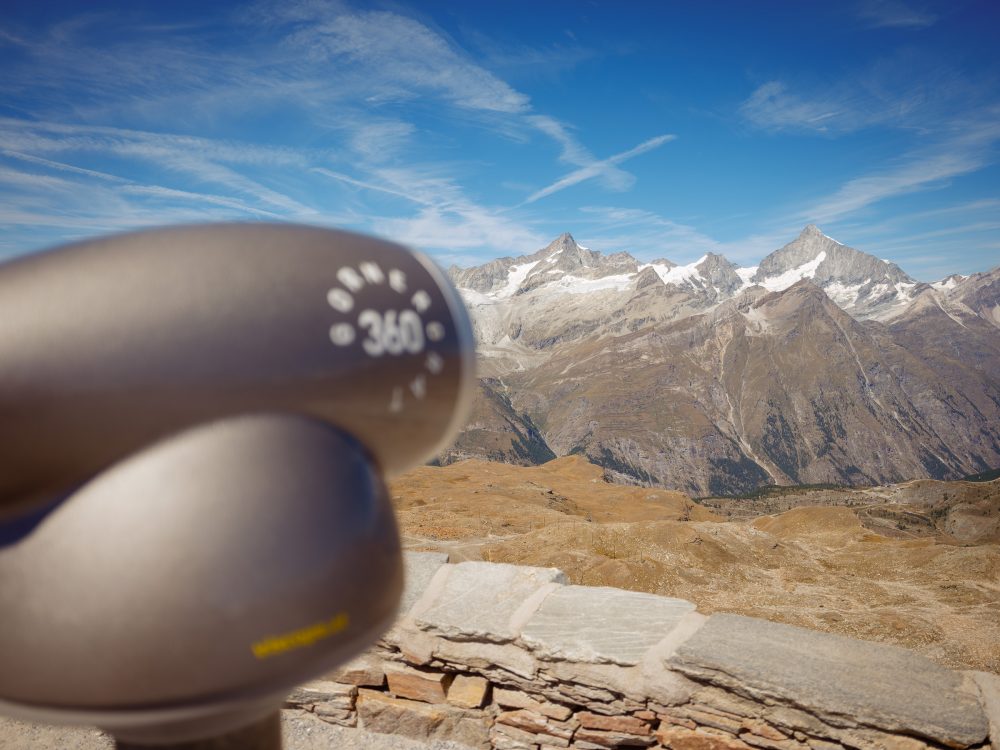
Worth It? Absolutely.
What is this camera for then and is worth the money? For me, it is a super travel companion and an every day carry camera. You have a ton of flexibility: 28mm wide angle plus a powerful digital zoom. That makes it a lot more powerful than the X100 series. Yes, the workflow can be slower. Yes, it is slightly bigger. Yes, you’ll need to plan for extra storage. And yes, you don’t get IBIS or a fast aperture. But for me, the quality is 100% worth it. As I started writing this, I was on a road trip through Switzerland. 80% of my photos were taken with the GFX100RF. The XT-5 somehow remained behind – despite my lovely arsenal of lenses.
My final verdict: If you value portability, flexibility, and jaw-dropping files, the Fujifilm GFX100RF might just be your dream everyday camera. Below is a collection of images taken in the past six weeks.
